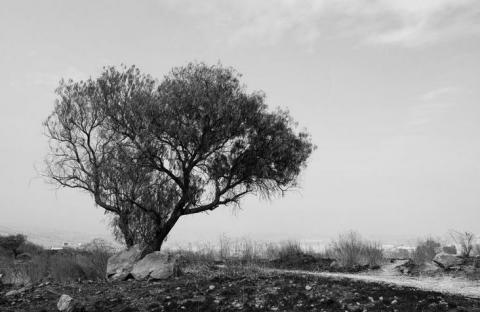
Trees and shrubs could be less fussy about the climate than scientists thought. That might be good news as the planet warms.
Officially, Peru’s most important export is copper ore. Unofficially, its most significant contribution to nations across the Americas is probably the pepper tree. Before the iconic palm trees came to Los Angeles, the streets of southern California were known for the knotted trunks and pink berry clusters of the Peruvian pepper (Schinus molle). And after it was introduced alongside the potato to sixteenth-century Mexico, the pepper tree became so common there that many Mexicans today see it as a national symbol.
To botanists, the pepper tree is technically an invader in Mexico, and has been studied as such. Last year, for example, a study used its geographical range to analyse how scientists model the spread of such invasive plants. The authors found that the tree was doing better than expected and was managing to grow in parts of Mexico that models suggested should have an unsuitable climate. The expected climatic constraints, in other words, weren’t constraining the spread of the tree at all. The researchers put this down to human activity: people were deliberately planting and nurturing the tree and helping it to survive otherwise inhospitable conditions (J. E. Ramírez-Albores et al. PLoS ONE 11, e0156029; 2016).
The impact of human activity on plants and trees is often presented as more problematic, especially when seen through the lens of climate change. A warmer world offers a challenge to all species that have evolved to flourish in certain weather conditions, including humans. And whereas fauna such as some fish and birds can up sticks and shift with the climate — suitable habitat permitting — flora anchored to the ground faces a more enduring crisis. Or does it?

